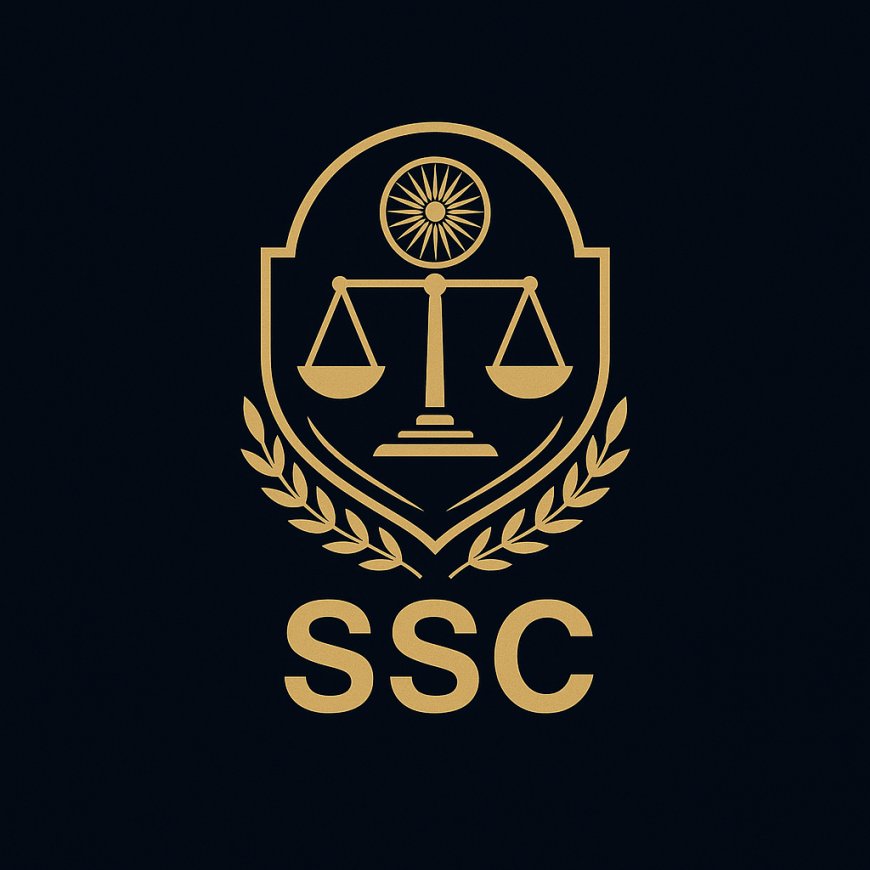झंडा सत्याग्रह (मध्य प्रदेश)
झंडा सत्याग्रह (मध्य प्रदेश)
Flag Satyagraha (Madhya Pradesh)
झंडा सत्याग्रह भारतीय स्वतंत्रता संग्राम का एक महत्वपूर्ण अध्याय है, जिसने ब्रिटिश शासन के विरुद्ध जनता के संघर्ष को नई दिशा दी। मार्च 1923 में जबलपुर में तिरंगा झंडा फहराने को लेकर स्थानीय प्रशासन और कांग्रेस कार्यकर्ताओं के बीच गंभीर विवाद उत्पन्न हुआ।
The Flag Satyagraha is an important chapter in the Indian independence movement, giving a new direction to the people's struggle against British rule. In March 1923, a serious dispute arose between the local administration and Congress workers over the hoisting of the tricolor flag in Jabalpur.
यह संघर्ष तब प्रारंभ हुआ जब 8 मार्च 1923 को कांग्रेस के सदस्यों ने जबलपुर नगरपालिका भवन पर तिरंगा फहराया, जिसे ब्रिटिश डिप्टी कमिश्नर ने हटाने का आदेश दिया। इस घटना ने राष्ट्रीय चेतना को प्रज्वलित कर दिया और सत्याग्रह की शुरुआत हुई।
The struggle began when Congress members hoisted the tricolor on the Jabalpur Municipal Building on March 8, 1923, only to be removed by the British Deputy Commissioner. This incident ignited national consciousness and led to the Satyagraha movement.
सत्याग्रह की शुरुआत
The beginning of the Satyagraha
ब्रिटिश सरकार के इस आदेश के विरोध में जबलपुर जिला कांग्रेस समिति ने सत्याग्रह प्रारंभ किया इस आंदोलन का नेतृत्व प्रमुख स्वतंत्रता सेनानियों पंडित सुंदरलाल शर्मा, प्रसिद्ध कवयित्री सुभद्रा कुमारी चौहान और नाथूराम मोदी ने किया।
In protest against this order of the British Government, Jabalpur District Congress Committee started Satyagraha. This movement was led by prominent freedom fighters Pandit Sundarlal Sharma, famous poetess Subhadra Kumari Chauhan and Nathuram Modi.
सत्याग्रहियों ने सरकारी प्रतिबंधों को नकारते हुए झंडा फहराने की जिद बनाए रखी, जिसके परिणामस्वरूप उन पर मुकदमा चलाया गया। The Satyagrahis defied government restrictions and insisted on hoisting the flag, resulting in their prosecution.
सत्याग्रहियों पर कार्रवाई
Action against Satyagrahis
ब्रिटिश प्रशासन ने सत्याग्रहियों पर दमनकारी नीति अपनाई और पंडित सुंदरलाल शर्मा को छह माह की सजा सुनाई गई। इसके बावजूद आंदोलन की तीव्रता कम नहीं हुई। जब जबलपुर सत्याग्रह व्यापक रूप लेने लगा, तब नागपुर इस आंदोलन का नया केंद्र बन गया।
The British administration adopted a repressive policy against the satyagrahis, and Pandit Sundarlal Sharma was sentenced to six months' imprisonment. Despite this, the intensity of the movement remained undiminished. As the Jabalpur Satyagraha began to gain widespread traction, Nagpur became the new center of the movement.
सुभद्रा कुमारी चौहान और उनके पति लक्ष्मण सिंह को इस संघर्ष को आगे बढ़ाने के लिए नागपुर भेजा गया।
Subhadra Kumari Chauhan and her husband Laxman Singh were sent to Nagpur to carry forward this struggle.
18 अगस्त 1923 का ऐतिहासिक दिन ब्रिटिश सरकार द्वारा लंबे संघर्ष और सत्याग्रहियों की दृढ़ इच्छाशक्ति के समक्ष अंततः झुकना पड़ा। 18 अगस्त 1923 को ब्रिटिश अधिकारियों ने राष्ट्रीय ध्वज के साथ स्वयंसेवकों को जुलूस निकालने की अनुमति दी।
The British government finally yielded to the long struggle and determination of the satyagrahis on the historic day of August 18, 1923. On August 18, 1923, the British authorities granted permission to the volunteers to hold a procession with the national flag.
इस ऐतिहासिक जुलूस का नेतृत्व माखनलाल चतुर्वेदी, वल्लभभाई पटेल और बाबू राजेंद्र प्रसाद ने किया। यह क्षण भारतीय स्वतंत्रता संग्राम में एक निर्णायक मोड़ साबित हुआ और तिरंगे की प्रतिष्ठा को और अधिक मजबूती प्रदान की।
This historic procession was led by Makhanlal Chaturvedi, Vallabhbhai Patel, and Babu Rajendra Prasad. This moment marked a turning point in the Indian freedom struggle and further cemented the prestige of the tricolor.
झंडा सत्याग्रह न केवल जबलपुर बल्कि समूचे भारत में स्वतंत्रता संग्राम के लिए प्रेरणास्रोत बना।
The Flag Satyagraha became a source of inspiration for the freedom struggle not only in Jabalpur but in the entire India.
इस आंदोलन ने अंग्रेजों के दमनकारी कानूनों के विरुद्ध जनता की एकजुटता को दर्शाया और यह सिद्ध किया कि सत्य और अहिंसा के मार्ग पर चलते हुए भी दमनकारी शासन से टकराया जा सकता है।
This movement demonstrated the unity of the people against the oppressive laws of the British and proved that one can confront the oppressive regime even while following the path of truth and non-violence.
इस संघर्ष की विरासत आज भी हमें राष्ट्रीय एकता और स्वतंत्रता के प्रति हमारी प्रतिबद्धता की याद दिलाती है।
The legacy of this struggle still reminds us of our commitment to national unity and independence.




